Showcases-True-Islam.jpg" alt="(Photo: On Islam)" width="365" height="210" /> The British Museum plans to open two galleries for its Islamic artifacts to dispel misconceptions surrounding the faith.(Photo: On Islam)
London, 9 Jumadil Akhir 1436/29 March 2016 (MINA) – As the so-called Islamic State (ISIL) continues destroying historical sites in cities under its control, the British Museum plans to open two galleries for its Islamic artifacts to dispel misconceptions surrounding the faith.
“What is happening in the world, demolishing all the Islamic heritage, non-Islamic antiquities, is a bad image,” Syed Mokhtar Albukhary, the chairman of Albukhary Foundation of Malaysia, told Reuters on Thursday, March 26.
“The British Museum. has been building this collection, without them we would not have any history,” he added, On Islam quoted by Mi’raj Islamic News Agency (MINA) as reporting.
Funded by the Malaysian Albukhary, the two new galleries will be located in the south wing of the museum, instead of the sidelines.
Also Read: Finland’s Largest Retailer Halts Israeli Product Sales
The new galleries, which contain extensive collection of art from the Islamic world, will be complementing the existing gallery which is “tucked away on the north side of the massive building, a long walk from the main entrance”.
Besides its atrocities, ISIL have been destroying the heritage of centuries-old civilizations by targeting archaeological sites in cities under its control in Syria and Iraq.
ISIL has a unit called Katayib Taswiya (the demolition battalion) whose job is to identify what they view as ‘heretical’ mosques and sites for destruction.
The battalion razes to the ground any mosques or churches built on tombs.
Also Read: 1,000th Western Military Supply Plane Lands in Israel Since Gaza War
If a graveyard was built after the mosque’s construction, then they would destroy the graves and any section of the mosque building. Graves with headstones that are not level with the ground have all been bulldozed.
Several statues belonging to historian, musicians and poets have been destroyed by the extremist group over the past months.
According to residents, ISIL militants destroyed archaeological monuments at Mosul (Nineveh) Museum, including the famous winged Assyrian bull.
Cultural Links
Also Read: Harvard Builds Archive of Israeli Life, Preparing for “May Not Survive”
The new project of Islamic artifacts is not the first to shed light on the Islamic heritage by the British Museum. According to the curators of the project, the new galleries will be showing for the first time the links between the museum Islamic collection and its core collection from Europe.
“The really important thing is to actually put this Islamic collection right in the heart of the museum,” Venetia Porter, the lead curator on the project, said.
In April 2012, the museum hosted the world’s largest exhibition on the Muslim Hajj, with an eye to enhancing understanding of the Islamic spiritual experience. The exhibition displayed archaeological material, manuscripts, textiles historic photographs and contemporary art that document journeys to the holy lands through history.
Named “Hajj: journey to the heart of Islam“, the exhibition drew more than 150,000 visitors at that time.
Also Read: German Opposition Party Urges End to the Suppression of Pro-Palestinian Movement
“There was clearly a huge hunger in the public in Britain to know more about the cultures of the Islamic world,” Hajj: journey to the heart of Islam” which director Neil MacGregor said.
“That started us thinking very hard about the importance about thinking about the Islamic world in this way.”
Britain is home to a sizable Muslim minority of nearly 2.7 million. In 2011, think tank Demo found that Muslims in the United Kingdom are more patriotic than the rest of population.
Responding to the statement “I am proud to be a British citizen”, 83% of Muslims said they are proud of being British.
Also Read: Palestinian Football Team Plays Historic Friendly in Spain Amid Solidarity Display
Reflecting a deep-rooted relationship, a synagogue in the northern British city of Bradford has appointed, this month, its first Muslim member, in a decision passed unanimously by its ruling body. (T/P011/P3)
Mi’raj Islamic News Agency (MINA)
Also Read: Paul Pogba and Hakim Ziyech Among Athletes Urging UEFA to Boycott Israel





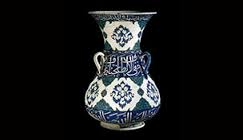


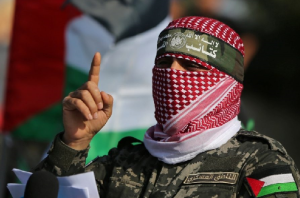

![Israeli tanks and APC’s gather by the Israeli – Lebanese border. Amid Israel’s escalating campaign against Hezbollah in Lebanon on September 30, 2024. [Erik Marmor/Getty Images]](https://en.minanews.net/wp-content/uploads/2024/10/IMG_20241001_203226-300x197.jpg)
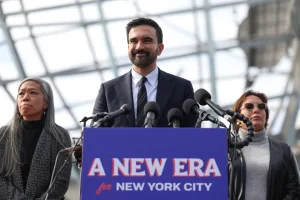



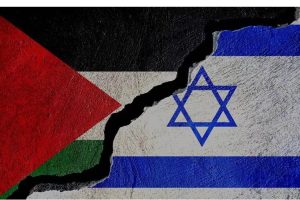

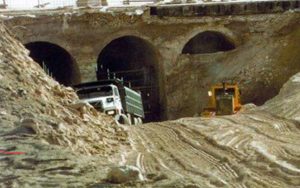
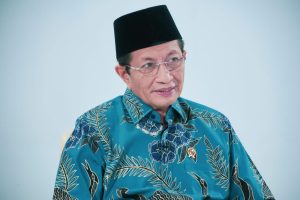







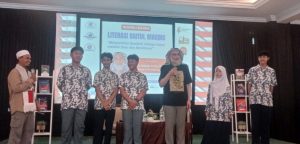
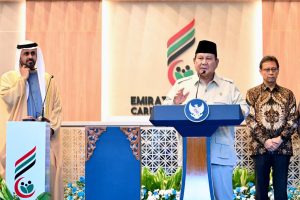





 Mina Indonesia
Mina Indonesia Mina Arabic
Mina Arabic